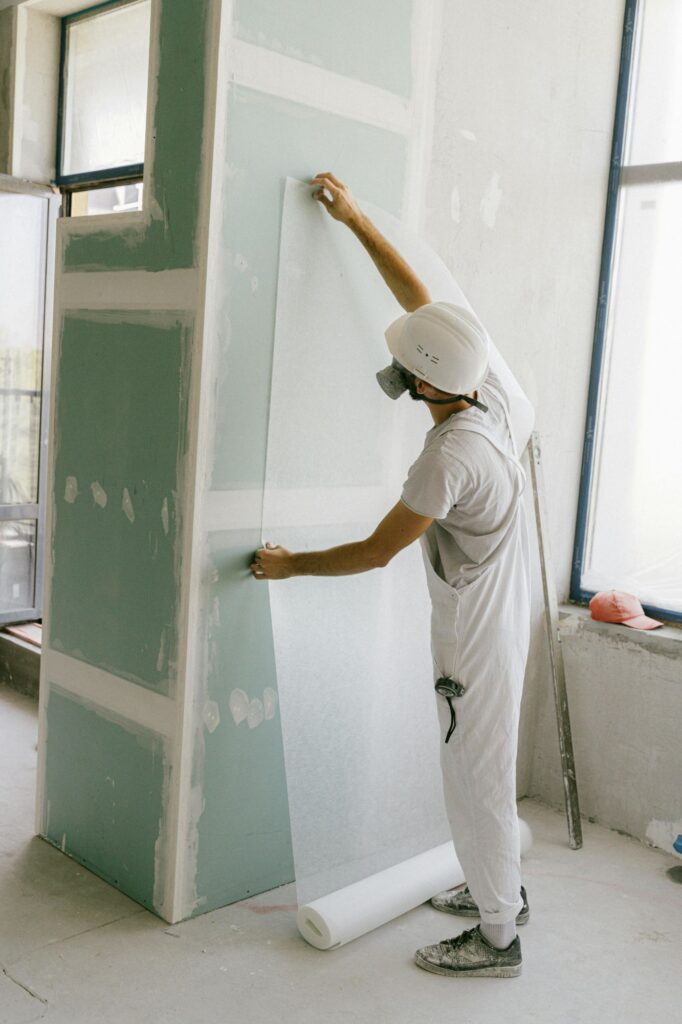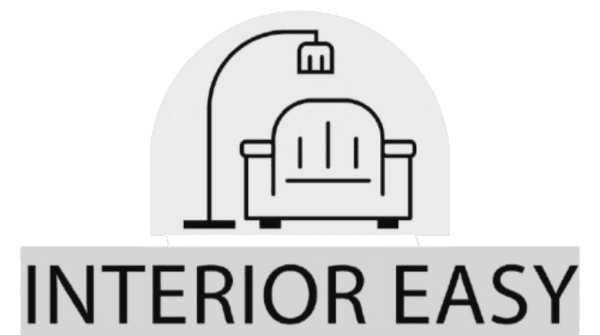When it comes to transforming your living or working space, wall decor plays a vital role in setting the tone and ambiance. With numerous options available, choosing the right material can be overwhelming.
In this article, we’ll delve into the world of PVC panels, veneers, and other popular wall decor materials, highlighting their benefits, drawbacks, and applications.(Interior wall decor materials).

PVC Panels.
Polyvinyl Chloride (PVC) panels have gained popularity due to their versatility, durability, and affordability.
Benefits:
– Water-resistant and moisture-proof
– Easy to install and maintain
– Available in various colors, patterns, and textures
– Cost-effective
Drawbacks:
– May appear cheap or plastic-like
– Limited heat resistance
– Not suitable for high-traffic areas
Applications:
– Bathroom and kitchen walls
– Office partitions
– Ceiling panels.

Veneers : Interior wall decor materials.
Veneers are thin layers of natural wood or engineered wood, offering an elegant and sophisticated look.
Benefits:
– Natural beauty and texture
– Durable and long-lasting
– Can be stained or painted
– Eco-friendly option
Drawbacks:
– Higher cost compared to PVC panels
– Requires periodic maintenance
– Sensitive to humidity and temperature changes
Applications:
– Living room and dining room walls
– Office furniture and cabinetry
– Architectural features (e.g., archways)
Wallpapers.
Wallpapers offer a wide range of designs, patterns, and textures, making them a popular choice.
Benefits:
– Affordable and easy to install
– Variety of designs and patterns
– Can hide wall imperfections
– Removable
Drawbacks:
– May peel or fade over time
– Difficult to clean
– Not suitable for high-moisture areas
Applications:
– Residential walls
– Commercial spaces (e.g., restaurants, hotels)
– Accent walls
Glass Panels.
Glass panels add a touch of sophistication and elegance to any space.
Benefits:
– Durable and resistant to scratches
– Easy to clean and maintain
– Available in various colors and textures
– Adds natural light
Drawbacks:
– Expensive
– May shatter or break
– Limited pattern options
Applications:
– Luxury residential spaces
– High-end commercial spaces (e.g., offices, restaurants)
– Partition walls

MDF (Medium-Density Fiberboard) Panels.
MDF panels offer a cost-effective, eco-friendly alternative to solid wood.
Benefits:
– Affordable
– Dense and flat surface
– Can be painted or stained
– Eco-friendly
Drawbacks:
– Sensitive to moisture
– May sag or bend
– Not suitable for load-bearing applications
Applications:
– Furniture making
– Interior design elements (e.g., archways)
– Display panels
Bamboo panels.
Bamboo panels provide a sustainable, eco-friendly option for wall decor.
Benefits:
– Renewable resource
– Durable and resistant to pests
– Natural, unique texture
– Carbon-neutral
Drawbacks:
– Higher cost compared to PVC panels
– Limited availability
– May require special installation
Applications:
– Residential walls
– Commercial spaces (e.g., restaurants, cafes)
– Outdoor applications (e.g., fencing)
Acrylic panels offer a modern, sleek look with numerous benefits.
Benefits:
– Lightweight and easy to install
– Resistant to scratches and fading
– Available in various colors and textures
– Easy to clean
Drawbacks:
– Expensive
– May yellow or discolor
– Limited pattern options
Applications:
– Luxury residential spaces
– High-end commercial spaces (e.g., offices, restaurants)
– Display panels
Conclusion.
In conclusion, each wall decor material has its unique advantages and disadvantages (Interior wall decor materials ). By considering factors such as budget, durability, and aesthetic preferences, you can choose the perfect material to elevate your space.
